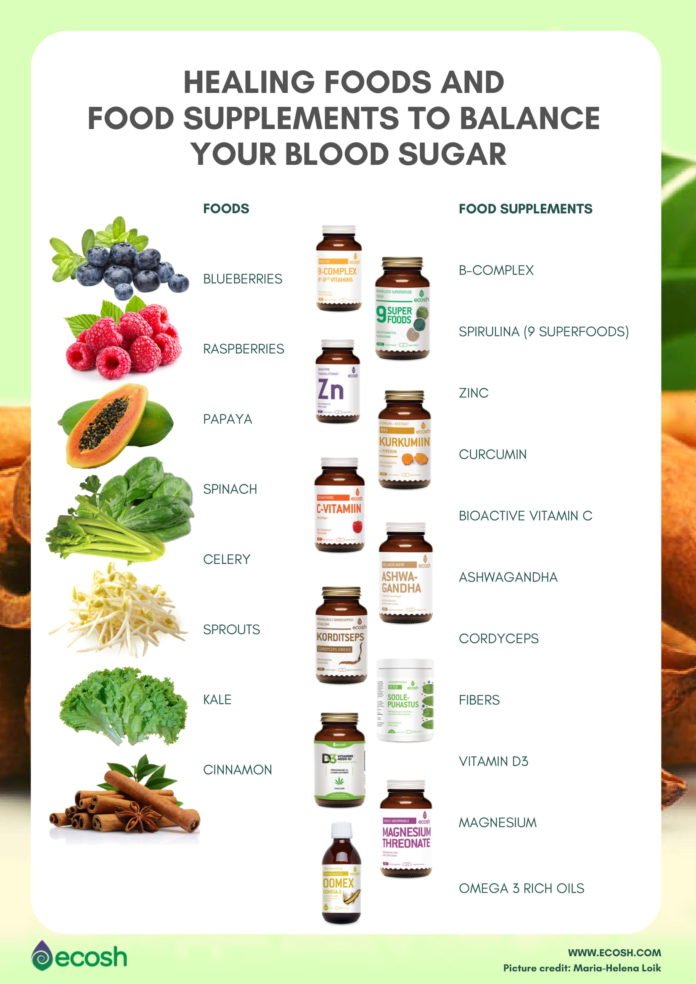People around the world love sugar, a simple carbohydrate.
According to the United States Department of Agriculture, sweeteners added to foods make up a troubling 16 percent of the calories we consume – way above the recommended limit of 6 to 10 percent.
Is sugar bad for you? While there’s nothing toxic about it, it adds calories without vitamins or minerals. Sugary foods also may elevate triglyceride levels, blood fats that increase the risk of heart disease.
While sugar itself doesn’t cause diabetes, a diet high in sugar and refined grains and low in fiber-rich whole grains may increase your risk of adult-onset diabetes. And of course, sugar, especially the sugar in sticky foods, promotes cavities.
Worst of all, sugary foods add extra calories, making weight control much harder. They also crowd out more nutritious foods from your diet.
Sugar is everywhere. It’s in many processed foods – even in ketchup, soups, and salad dressings. So moderating your intake requires a conscious effort.
How to Lower Blood Sugar Limit non-diet soft drinks (they account for one-third of the added sugar in our diets), sweetened fruit punch and iced tea, and lemonade.
Look for hidden sugars on packaged food labels: brown sugar, corn sweetener, corn syrup, fructose, fruit juice concentrate, glucose (dextrose), high-fructose corn syrup, honey, invert sugar, lactose, maltose, molasses, raw sugar, table sugar (sucrose), and syrup.
If one is listed as the first or second ingredient, or if several are listed, that food is high in added sugar.
Cut sugary fruit juices with water or seltzer. Unlike fruit juice, whole fruit has fiber in addition to natural sugars, so it doesn’t raise your blood sugar as much.
Watch out for “low-fat” foods that are high in sugar and calories. Use less sugar in coffee or tea, or eliminate it completely. [source: RD Special]

